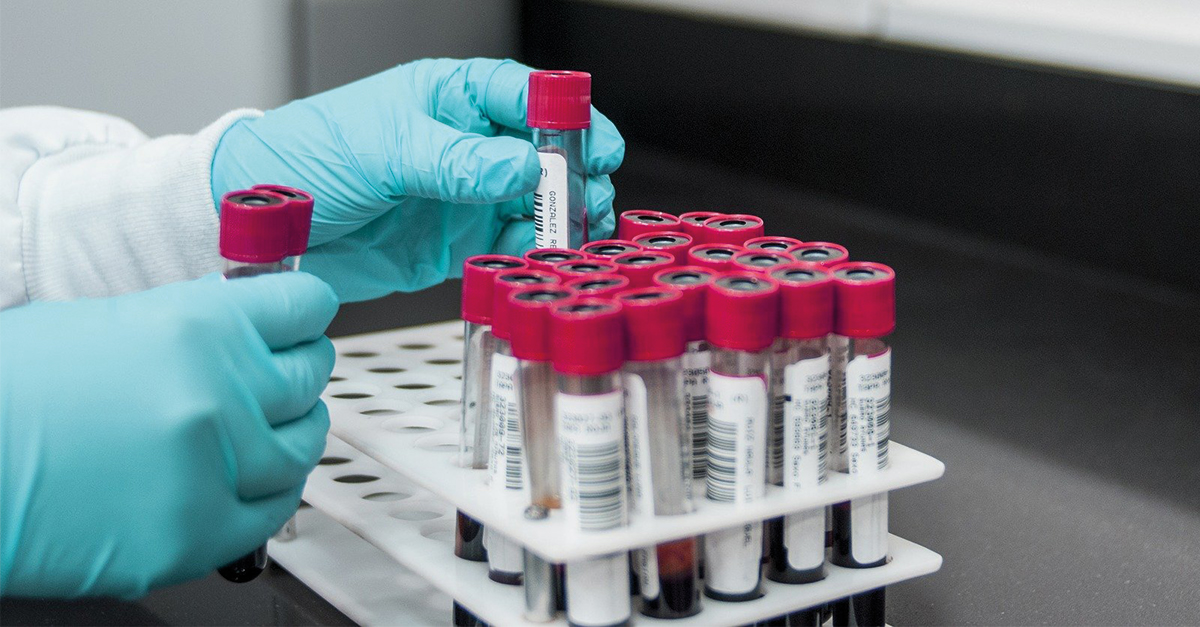
Have you ever wondered what’s the difference between serum and plasma? Well, lets talk about it:
Serum and plasma samples are tested every day in analytical chemistry laboratories. Both are components of blood and their fundamental variation lies in the presence or absence of clotting factors (especially fibrinogen). To extract plasma from whole blood, the tube in which the sample is stored must contain an anticoagulant, so the plasma is the one that retains the fibrinogen and the rest of the clotting factors.
The tubes used to obtain serum may or may not contain coagulation enhancers, and unlike plasma, the sample must undergo some time for clot formation before it can be processed. In general, the handling of plasma sample tubes is simpler than for serum tubes. (1)
Which elements show higher concentrations in each type of sample?
The main constituent of blood serum is water, followed by proteins such as albumin with concentrations of 40 mg/mL and IgG which averages 10 mg/mL (2). Plasma represents 55 % of the total blood volume, with a composition similar to that of serum. The absence of fibrinogen and the rest of the clotting factors consumed means that serum (≈1.024 g/mL) has a lower density than plasma (≈1.025 g/mL).
Then what sample to use?
Zhonghao Yu et al. (3) described that serum provided higher sensitivity than plasma when comparing mean metabolite concentrations in multiple laboratory tests performed on subjects with different phenotypes. This fact was related to a higher concentration of metabolites in serum. Moreover, Kennedy AD et al. (4) found that multiple additives used in the extraction, preservation and processing of blood samples affect the concentrations of a significant number of clinically relevant biochemical substances.
In conclusion, both serum and plasma are valuable samples for the biochemical analysis of blood. The best type of sample for each test is needed to prevent errors in the pre-analytical phase. The chosen sample should be plasma for tests that depend on the quantification of coagulation factors.
Related articles

Obtaining blood serum
Technique to obtain blood serum.
Posted July 4, 2021 by Jose Cancino ‐ 3 min read
References
-
Xinyu Liu, Miriam Hoene, Xiaolin Wang, Peiyuan Yin, Hans-Ulrich Häring, Guowang Xu et al. Serum or plasma, what is the difference? Investigations to facilitate the sample material selection decision making process for metabolomics studies and beyond. Analytica Chimica Acta [Internet]. 2018 [cited 11 december 2021];1037: 293-300. Available from: https://doi.org/10.1016/j.aca.2018.03.009
-
Leeman Mats, Choi Jaeyeong, Hansson Sebastian, Ulmius Storm Matilda, Nilsson Lars. Proteins and antibodies in serum, plasma, and whole blood—size characterization using asymmetrical flow field-flow fractionation (AF4). Analytical and Bioanalytical Chemistry [Internet]. [cited 11 december 2021];410(20), 4867–4873. Available from: https://doi.org/10.1007/s00216-018-1127-2
-
Yu Zhonghao, Kastenmüller Gabi, He Ying, Belcredi Petra, Möller Gabriele, Prehn Cornelia et al. Differences between Human Plasma and Serum Metabolite Profiles. PLoS ONE [Internet]. 2011 [cited 11 december 2021];6(7), e21230. Available from: https://doi.org/10.1371/journal.pone.0021230
-
Kennedy AD, Ford L, Wittmann B, Conner J, Wulff J, et al. (2021) Global biochemical analysis of plasma, serum and whole blood collected using various anticoagulant additives. PLOS ONE [Internet].2021 [cited 11 december 2021];16(4): e0249797. Available from: https://doi.org/10.1371/journal.pone.0249797